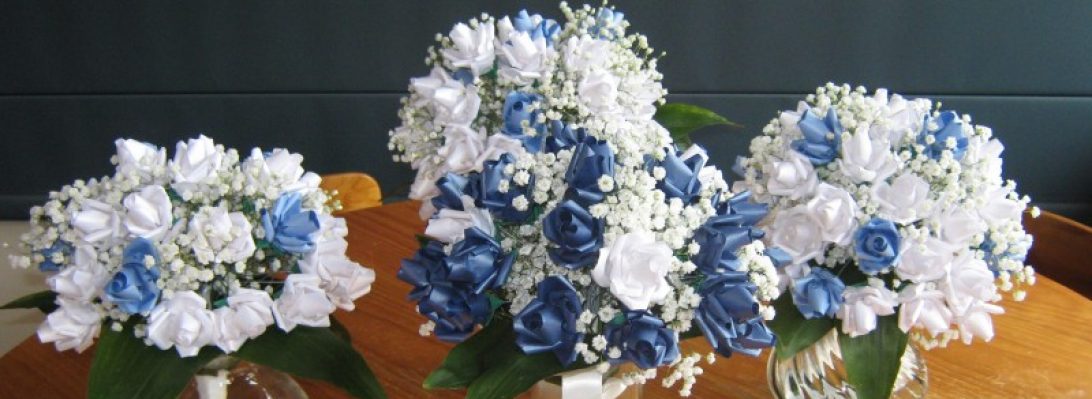“The Lady of the Lake,… [angels sing] …her arm clad in the purest shimmering samite, held aloft Excalibur from the bosom of the water, signifying by divine providence that I, Arthur, was to carry Excalibur. [singing stops] THAT is why I’m your king!”:
“Listen, strange women, lyin’ in ponds, distributin’ swords is no basis for a system of government. SUPREME executive power derives from a mandate of the masses, not from some farcical aquatic ceremony.”
“Shut up!”
“You can’t expect to wield supreme executive power, just ’cause some watery tart threw a sword at you!” Continue reading →


















